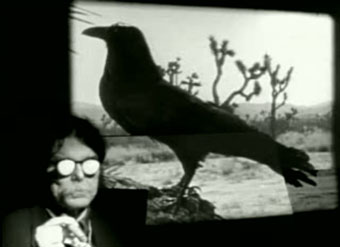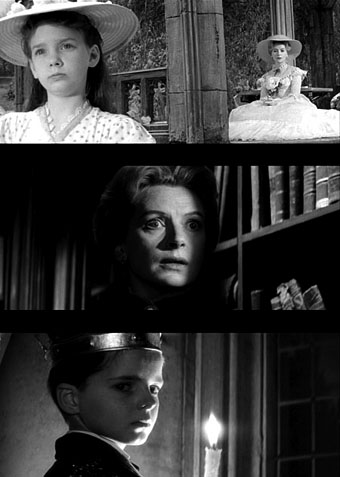Tag: David Lynch
Some YoYo Stuff
Some YoYo Stuff: An observation of the observations
of Don Van Vliet by Anton Corbijn (1993).
Anton Corbijn’s sad and touching short about Captain Beefheart is at Ubuweb.
Includes a brief appearance by David Lynch.
Don van Vliet, alias “Captain Beefheart”, is one of the most influential, misunderstood, talked about, admired, copied, treasured, loved and quoted musicians and yet he is still an obscure and mysterious artist. His quite abrupt artistic transformation from working with a microphone to a paintbrush in 1982 and his consequent move from the desert to the ocean meant even less direct contact with the outside world than before. Subsequently there is very little information about Don from this time onwards and this short black-and-white film made in 1993 is an unique opportunity to see and hear this unique man. The film is approximately 13 minutes long, directed and photographed in black and white.
Previously on { feuilleton }
• The genius of Captain Beefheart
Freddie Francis, 1917–2007
Pamela Franklin, Deborah Kerr and Martin Stephens: The Innocents (1961).
Freddie Francis, who died last week, was a great cinematographer, and (although he may not have wanted to be remembered for it) a not-so-great director of low budget horror films. His photography on Sons and Lovers (1960) and Glory (1989) won him Academy Awards, and he worked three times for David Lynch, on The Elephant Man (1980), Dune (1984) and The Straight Story (1999). He also photographed Cape Fear (1991) for Martin Scorsese. All that aside, my favourite work of his remains the incredible play of light and shade he achieved for Jack Clayton’s The Innocents, along with The Haunting (1963) one of the best ghost stories in cinema.
Previously on { feuilleton }
• David Lynch in Paris
• Inland Empire
The Surrealist Revolution
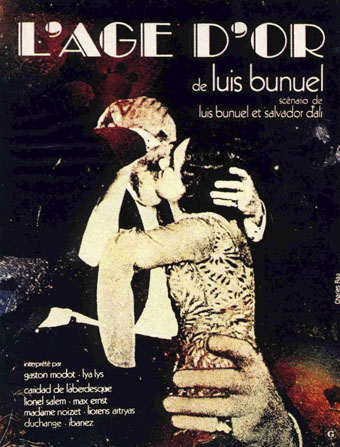
The riddle of the rocks by Jonathan Jones
It was the art movement that shocked the world. It was sexy, weird and dangerous—and it’s still hugely influential today. Jonathan Jones travels to the coast of Spain to explore the landscape that inspired Salvador Dalí, the greatest surrealist of them all.
The Guardian, Monday March 5, 2007
I AM SCRAMBLING over the rocks that dominate the coastline of Cadaqués in north-east Spain. They look like crumbling chunks of bread floating on a soup of seawater. Surreal is a word we throw about easily today, almost a century after it was coined by the poet Guillaume Apollinaire. Yet if there is anywhere on earth you can still hope to put a precise and historical meaning on the “surreal” and “surrealism”, it is among these rocks. To scramble over them is to enter a world of distorted scale inhabited by tiny monsters. Armoured invertebrates crawl about on barely submerged formations. I reach into the water for a shell and the orange pincers of a hermit crab flick my fingers away.
The entire history of surrealism—from the collages of Max Ernst to Salvador Dalí’s Lobster Telephone—can be read in these igneous formations, just as surely as they unfold the geological history of Catalonia.
I sit down on a jagged ridge. What if I fell? Would they find a skeleton looking just like the bones of the four dead bishops in L’Age d’Or, the surrealist film Luis Buñuel shot here in 1930?
Buñuel had been shown these rocks by his college friend Dalí years earlier. It was here they had scripted their infamous film Un Chien Andalou. Dalí came from Figueras, on the Ampurdán plain beyond the mountains that enclose Cadaqués, and spent his childhood summers here, exploring the rock pools and being cruel to the sea creatures. In most people’s eyes, this is a beautiful Mediterranean setting. It certainly looked lovely to Dalí’s close friend, the poet Federico García Lorca, when Dalí brought him here in the 1920s: in his Ode to Salvador Dalí, Lorca lyrically praises the moon reflected in the calm, wide bay…
Continues here.
Previously on { feuilleton }
• The persistence of DNA
• Salvador Dalí’s apocalyptic happening
• The music of Igor Wakhévitch
• Dalí Atomicus
• Las Pozas and Edward James
• Impressions de la Haute Mongolie
David Lynch in Paris
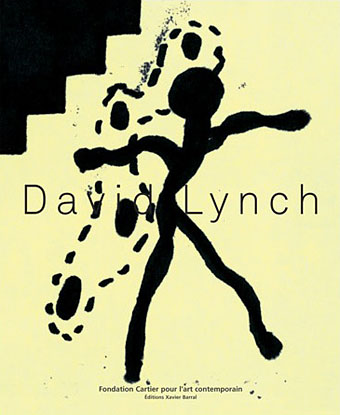
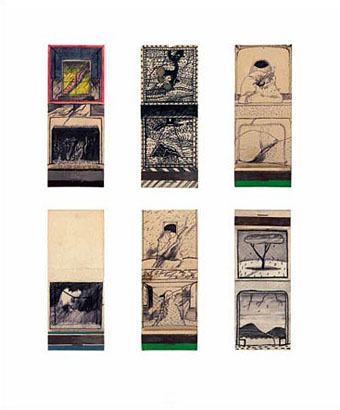
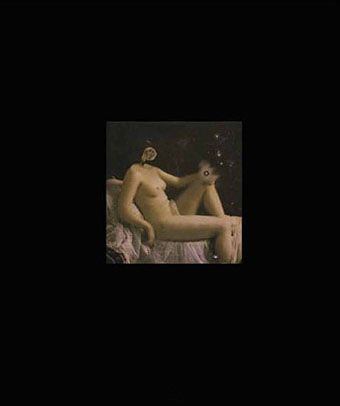
Major art exhibition at the Cartier Foundation opens today.
And while we’re on the subject, let’s not forget Inland Empire.
Previously on { feuilleton }
• Inland Empire

